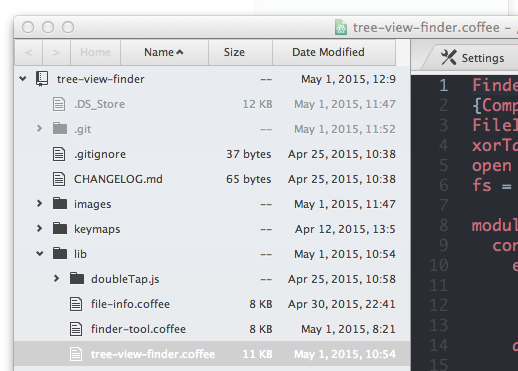
- Mac open file location for program how to#
- Mac open file location for program full#
- Mac open file location for program software#
Mac open file location for program full#

Mac open file location for program how to#
Make sure to complete pasting/moving it elsewhere, or this will be lost and you will need to find the folder again.Īnd that is how to get folder path in Mac. This information is pasted into the Clipboard. You will see the new command that has appeared in the context menu - Copy ….

But still, you need a complete file address that you can copy and paste anywhere. The selected area shows the enclosed folder of your document.Ĭopying any text from the previous window isn’t easy, obviously. To get a basic understanding of where your file is located, just right-click the file. There is always a way to locate a file path.
Mac open file location for program software#
At times, not knowing the right name can cause software conflicts. We attempt to solve this problem in this article for those tired of looking for files and file paths on a Mac.Īfter trying Spotlight Searches or browsing through files, you might be ready to give up. When you’ve got loads of files - hundreds or even thousands isn’t unusual after a couple of years using the same Mac - it can be difficult to get the correct file path. But to help you do it all by yourself, we’ve gathered our best ideas and solutions below.įeatures described in this article refer to the MacPaw site version of CleanMyMac X. The Library folder will open.So here's a tip for you: Download CleanMyMac to quickly solve some of the issues mentioned in this article. Press and hold down the Option key on the keyboard.įrom the Go menu, select Library, as shown below. Here’s how to access the Library folder in macOS: It’s a good idea to learn how to access this folder, even if you don’t need to open it right now.

The user’s Library folder, which is different than the root Library folder at the top-level of the hard drive, contains hundreds files that store important preferences and settings for many of the applications on your Mac.

We explained how to access all hidden files and folders in another tutorial, but there’s an easier way to access one of most important hidden folders on your Mac, called the Library folder. Your Mac contains thousands of hidden files and folders that you’ll probably never need to access. How to Open the Library Folder on Your Mac.AirPort Apple Apps Backups Developer Education Email Hardware Internet iPad iPhone Mac Music Network Photos Security TV Weekend Wonk


 0 kommentar(er)
0 kommentar(er)
